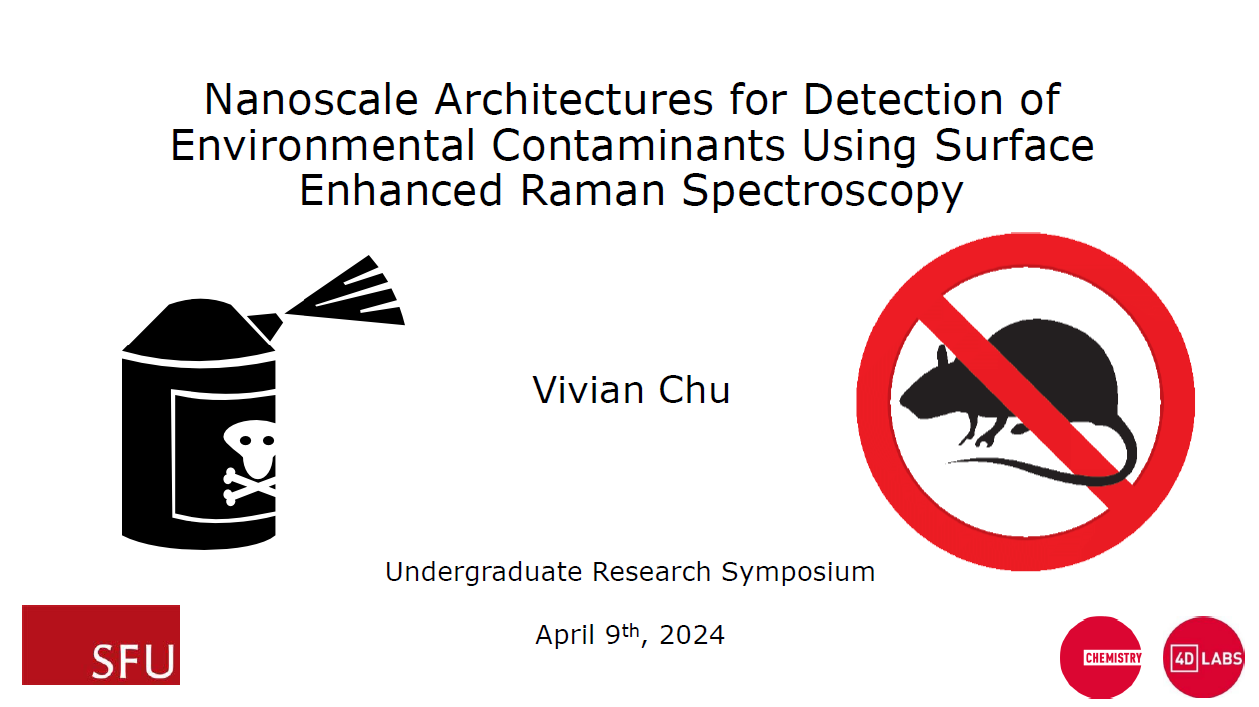Evaluating Nano Materials for Surface-Enhanced Raman Spectroscopy: Exploring Potential Enhancements
Main Article Content
Abstract
Emerging contaminants such as caffeine, artificial sugars, rodenticides, and polycyclic aromatic hydrocarbons (PAHs) have been detected at low concentrations in the environment. The contaminants mentioned above may potentially negatively affect humans and ecological systems. It is crucial to be able to identify and analyze the extent of contamination as it can help us understand their potential threats and their respective mitigation methods. However, detection of low-concentration contaminants is a major challenge due to their weak signals as they blend into matrix and background noise of detection instruments.
Raman spectroscopy is a technique used to analyze the molecular composition and structure of substances by measuring their Raman signals. Raman signals are the light signals emitted when molecules scatter light, they can provide structural information to help identify molecules present in a sample. Surface-enhanced Raman spectroscopy (SERS) is a technique that can amplify Raman signals by placing the molecules of interest on specially designed surfaces, making it easier to detect and analyze trace contaminants in our environment. The surfaces are usually materials that exhibit surface plasmon resonance (SPR) and a localized SPR (LSPR). SERS has the potential to help overcome the challenges of weak signals.
This project investigates and compares the SERS enhancement of “sandwich” structures (and similar structures) assembled using gold, gold nanoparticles, and graphene oxide. The greatest enhancement was seen in samples with the “sandwich” morphology. The results from this project also demonstrated the importance and challenges in achieving a uniform sample preparation and the purposeful creation of SERS “hotspots”.
Article Details

This work is licensed under a Creative Commons Attribution-NonCommercial-NoDerivatives 4.0 International License.

